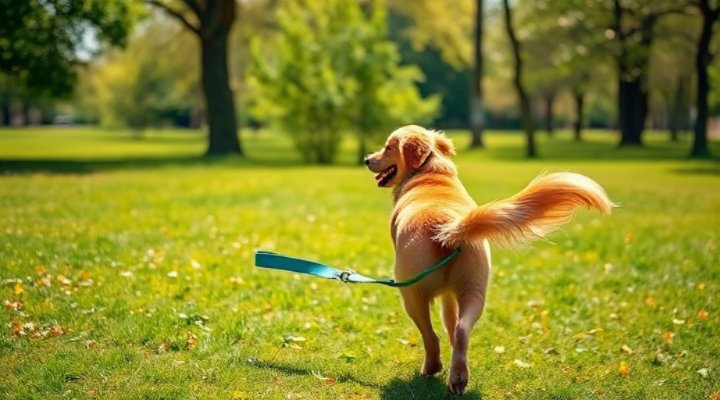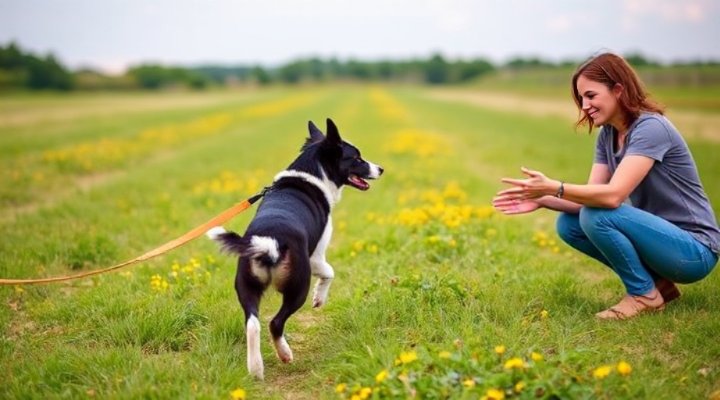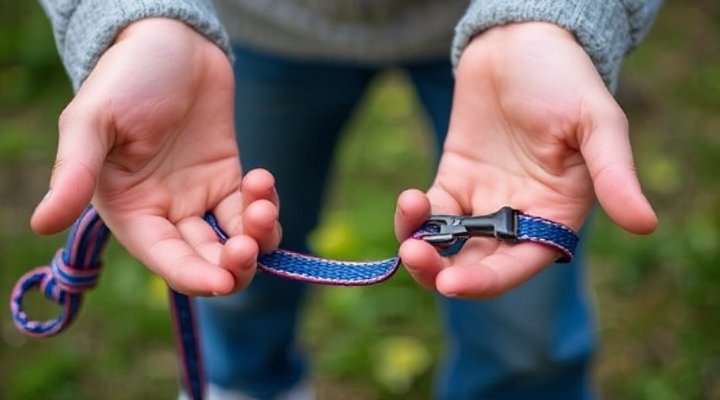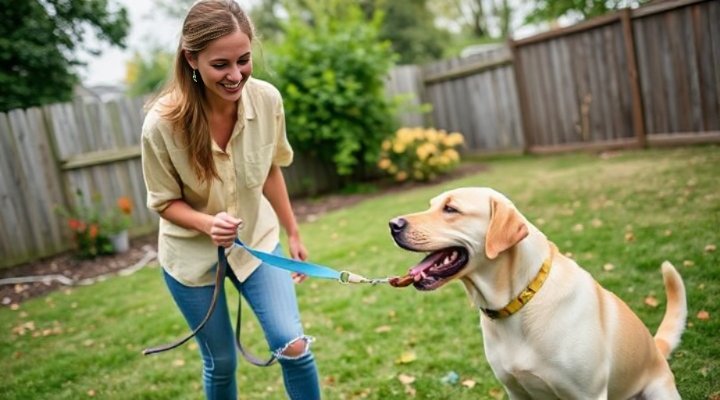Long lead dog training is one of those brilliant solutions that gives your furry friend the illusion of freedom while keeping them safely under control. Whether you’re working on recall training or just want to give your pup more room to explore during outdoor adventures, a long lead can be your best friend. In this comprehensive guide, we’ll walk you through everything you need to know about this effective training method.

Why Choose Long Lead Training for Your Dog?
First and foremost, long lead training offers the perfect balance between freedom and control. Unlike retractable leashes that can encourage pulling, a properly used long lead teaches your dog to respect boundaries while still enjoying their environment. For example, when I first tried this with my rescue dog Max, it transformed our walks from stressful to enjoyable almost overnight.
According to the American Veterinary Society of Animal Behavior, positive reinforcement methods like long lead training create stronger bonds between dogs and owners. Meanwhile, our article on Dog Training Methods covers other effective techniques you might want to combine with long lead work.

Getting Started with Long Lead Training
When beginning long lead training, choose an appropriate length – typically 15-30 feet works well for most dogs. Start in a quiet, familiar environment before progressing to more distracting areas. Remember, the goal is to gradually build your dog’s reliability while giving them more freedom.
Here’s a simple progression to follow:
- Begin with basic leash manners (covered in our Leash Training Guide)
- Introduce the long lead in your backyard
- Practice recall commands at increasing distances
- Gradually add distractions

Advanced Long Lead Techniques
Once your dog masters basic recall, you can use the long lead for more advanced training. This includes:
- Distance stays
- Direction changes
- Emergency recalls
- Off-leash preparation
The key is to always make training sessions positive and rewarding. For dogs needing extra help with focus, our Dog Socialization Class article offers great complementary advice.

Safety Tips for Long Lead Training
While long leads are incredibly useful, they do require some safety considerations:
- Never leave the long lead attached unsupervised
- Be mindful of tangling hazards
- Use in appropriate open spaces
- Choose durable, weather-resistant materials
The American Kennel Club recommends regularly inspecting your long lead for wear and tear, especially if your dog is an enthusiastic chewer.
Transitioning to Off-Leash Freedom
The ultimate goal for many owners is reliable off-leash control. The long lead serves as an excellent bridge to this freedom. Start by occasionally dropping the lead (while still attached) to test your dog’s responsiveness. Gradually increase the duration of these ‘fake off-leash’ moments as your dog proves reliable.
Remember, some dogs may never be completely trustworthy off-leash, and that’s okay. The long lead provides a wonderful compromise that keeps everyone safe while allowing for exploration.
Related Keywords:
dog leash training, outdoor dog activities, recall training techniques, positive reinforcement dog training, safe off-leash preparation

